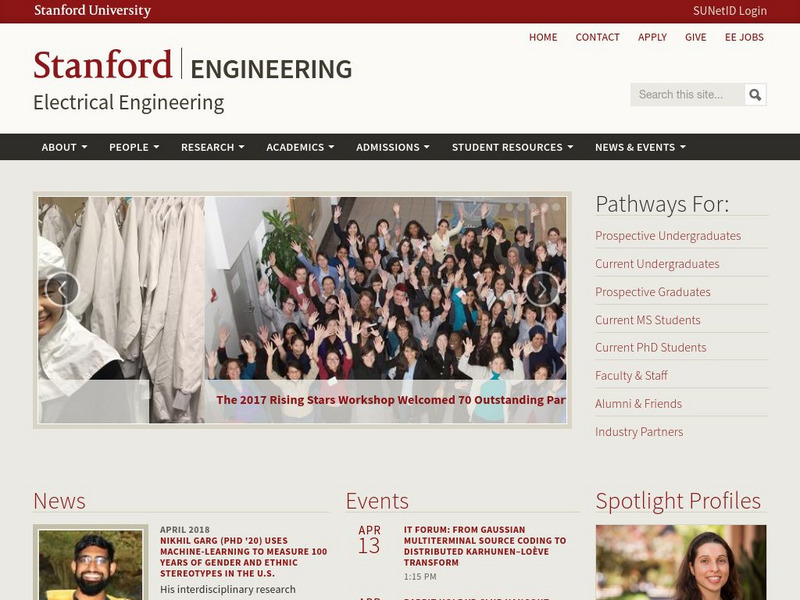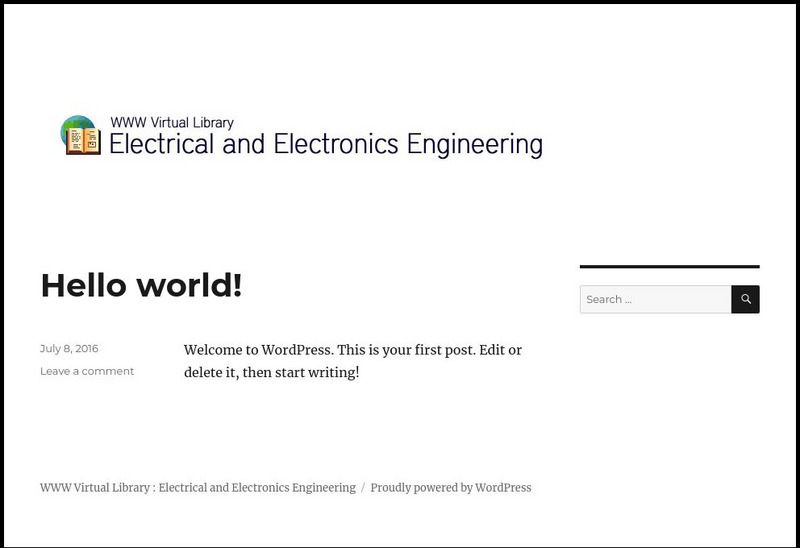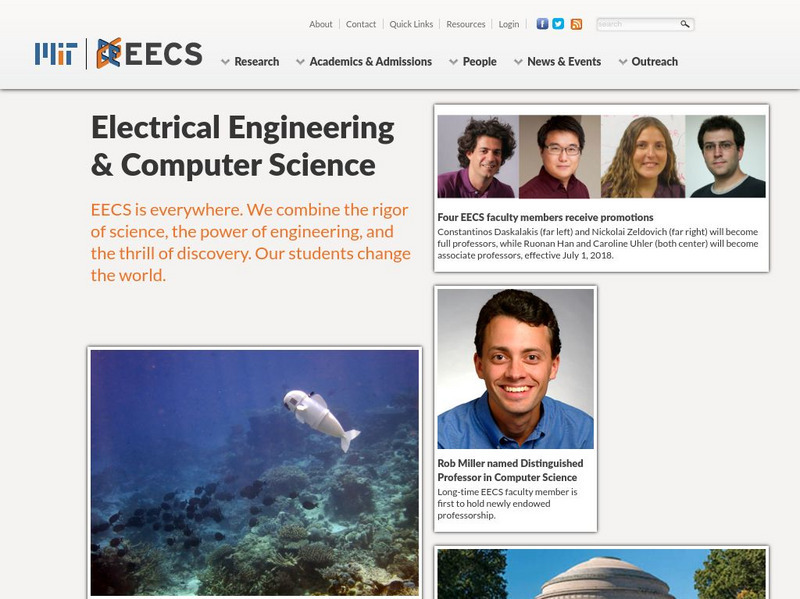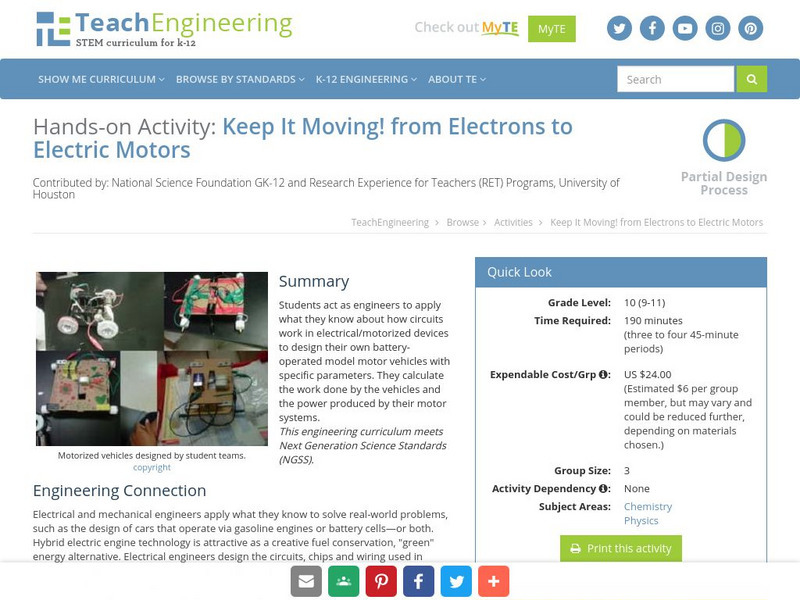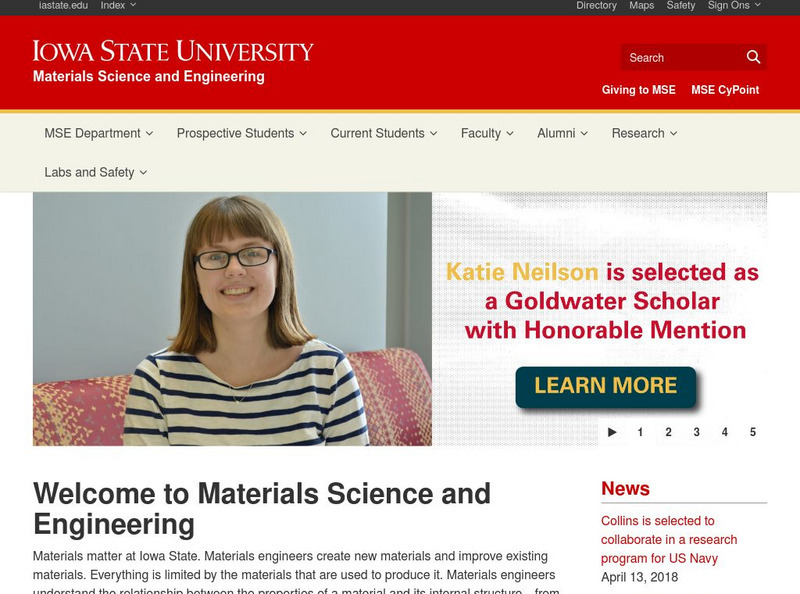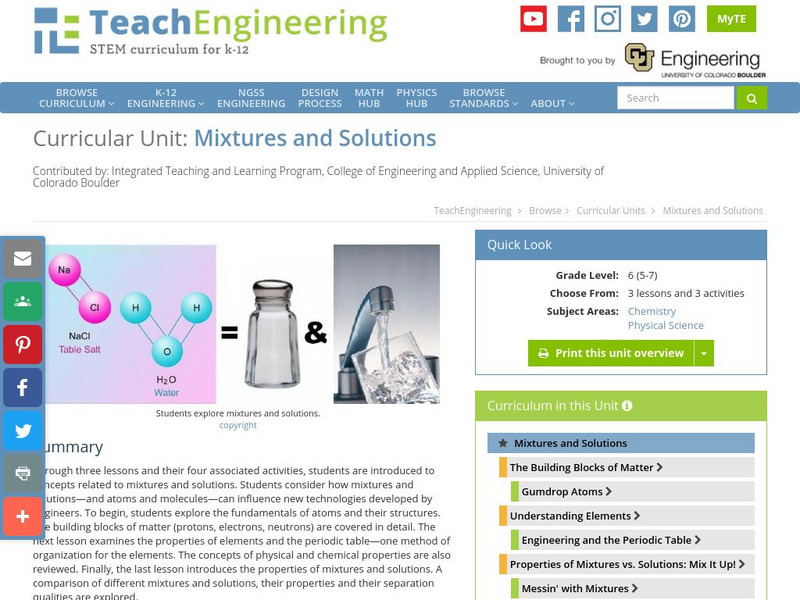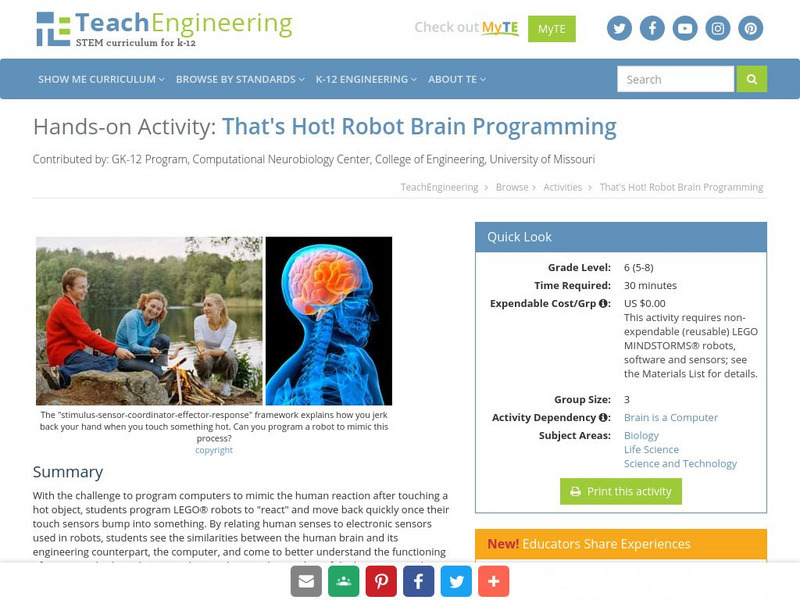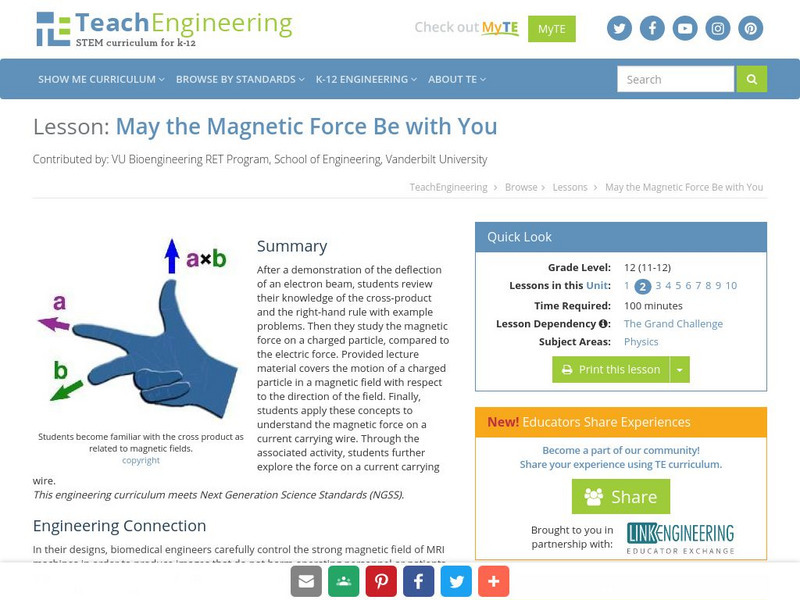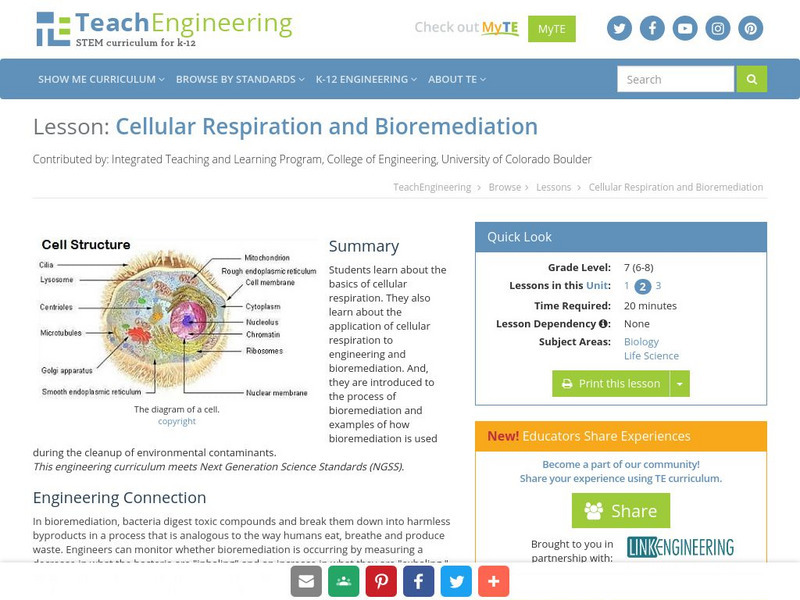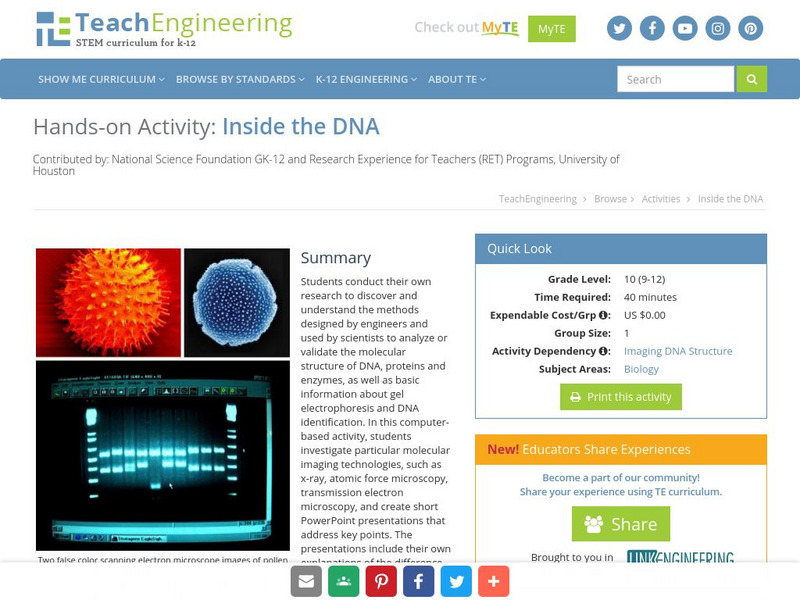Grammarly
Grammarly Handbook: Institute of Electrical/electronics Engineers
Notes and examples for formatting texts, bibliographies, and citations in the IEEE (Institute of Electrical and Electronics Engineers) Style.
Stanford University
Stanford University Department of Electrical Engineering
This is the homepage of the Stanford University of Department of Electrical Engineering. There are links to information on research, academics, seminars, faculty, etc.
Stanford University
Stanford University Department of Electrical Engineering
This is the homepage of the Stanford University of Department of Electrical Engineering. There are links to information on research, academics, seminars, faculty, etc.
Other
The Electrical Engineering Virtual Library
This site has links to various topics about electrical engineering. These include institutions, resources, journals, etc.
Massachusetts Institute of Technology
Mit: Department of Electrical Engineering and Computer Science
This is the website for the Massachusetts Institute of Technology's Department of Electrical Engineering. The site has links to research, academics, etc.
Massachusetts Institute of Technology
Mit: Open Course Ware: Introduction to Electronics, Signals, and Measurement
Online, college-level course on electronics. Class features the practical introduction to electronics with a focus on measurement and signals. Accessible components include downloadable lecture notes, assignments, and previous quiz and...
TeachEngineering
Teach Engineering: Keep It Moving! From Electrons to Electric Motors
Students act as engineers to apply what they know about how circuits work in electrical/motorized devices to design their own battery-operated model motor vehicles with specific paramaters. They calculate the work done by the vehicles...
Iowa State University
Iowa State University: Materials Science and Engineering
Learn about Iowa State University's department of Materials Science and Engineering, including news, academics, people, research, and general information.
Massachusetts Institute of Technology
Mit: Open Course Ware: Courses: Electrical Engineering: Circuits and Electronics
College-level electrical engineering course highlighting circuits and electronics. This course introduces the fundamentals of the lumped circuit abstraction. Course features include video lectures, suggested readings, labs, lecture...
NASA
Nasa: Innovative Engines
NASA's Glenn Research Center reports on its innovative engines program, namely ion propulsion, a technology that once only powered imaginary spacecraft in science fiction novels. It is now a reality.
National Academy of Engineering
Greatest Engineering Achievements of the 20th Century: Household Appliances
Learners investigate household appliances in the 20th century. Some topics explored are cooking, washing, and electronics. The resource consists of historical information, a timeline, and a personal essay by a key innovator.
TeachEngineering
Teach Engineering: Mixtures and Solutions
This unit covers introductory concepts of mixtures and solutions. Students think about how mixtures and solutions, and atoms and molecules can influence new technologies developed by engineers. The first lesson explores the fundamentals...
TeachEngineering
Teach Engineering: Our Bodies Have Computers and Sensors
Students learn about the human body's system components, specifically its sensory systems, nervous system and brain, while comparing them to robot system components, such as sensors and computers. The unit's life sciences-to-engineering...
TeachEngineering
Teach Engineering: That's Hot! Robot Brain Programming
With the challenge to program computers to mimic the human reaction after touching a hot object, students program LEGO robots to "react" and move back quickly once their touch sensors bump into something. By relating human senses to...
TeachEngineering
Teach Engineering: How Does a Robot Work?
This lesson introduces electricity, batteries and motors using a LEGO MINDSTORMS NXT robot. The associated activity guides students to build a simple LEGO NXT set-up and see the practical implementation of the concepts discussed. Before...
TeachEngineering
Teach Engineering: May the Magnetic Force Be With You
This instructional activity begins with a demonstration of the deflection of an electron beam. Students then review their knowledge of the cross product and the right hand rule with sample problems. After which, students study the...
TeachEngineering
Teach Engineering: Cellular Respiration and Bioremediation
Students learn about the basics of cellular respiration. They also learn about the application of cellular respiration to engineering and bioremediation. And, they are introduced to the process of bioremediation and examples of how...
TeachEngineering
Teach Engineering: Particle Sensing: The Coulter Counter
Students are presented with a short lesson on the Coulter principle, an electronic method to detect microscopic particles and determine their concentration in fluid. Depending on the focus of study, students can investigate the...
Children's Books Online
Children's Books Online: The Fire Engine That Grew Too Old
"The Fire Engine that Grew Too Old", written in 1931 by Wallace Wadsworth, has been digitized and made available by the Rosetta Project. This 6 page book is appropriate for intermediate readers.
TryEngineering
Try Engineering: Flashlights and Batteries
Students work in teams to explore how a flashlight works. This activity examines the topics of batteries, electron flow, circuit systems, switches, and bulbs.
National Academy of Engineering
Greatest Engineering Achievements of the Twentieth Century: Electronics
Students learn about the revolution of electronics in the 20th century. The resource includes historical information, a timeline, and a personal electronics essay.
TeachEngineering
Teach Engineering: Inside the Dna
Students conduct their own research to discover and understand the methods designed by engineers and used by scientists to analyze or validate the molecular structure of DNA, proteins and enzymes, as well as basic information about gel...
TeachEngineering
Teach Engineering: Energy
Through nine lessons, students are introduced to a range of energy types--electrical, light, sound and thermal-as well as the renewable energy sources of wind, hydro (water) and solar power. Subjects range from understanding that the...
TeachEngineering
Teach Engineering: Antimatter Matters
Antimatter, the charge reversed equivalent of matter, has captured the imaginations of science fiction fans for years as a perfectly efficient form of energy. While normal matter consists of atoms with negatively charged electrons...


